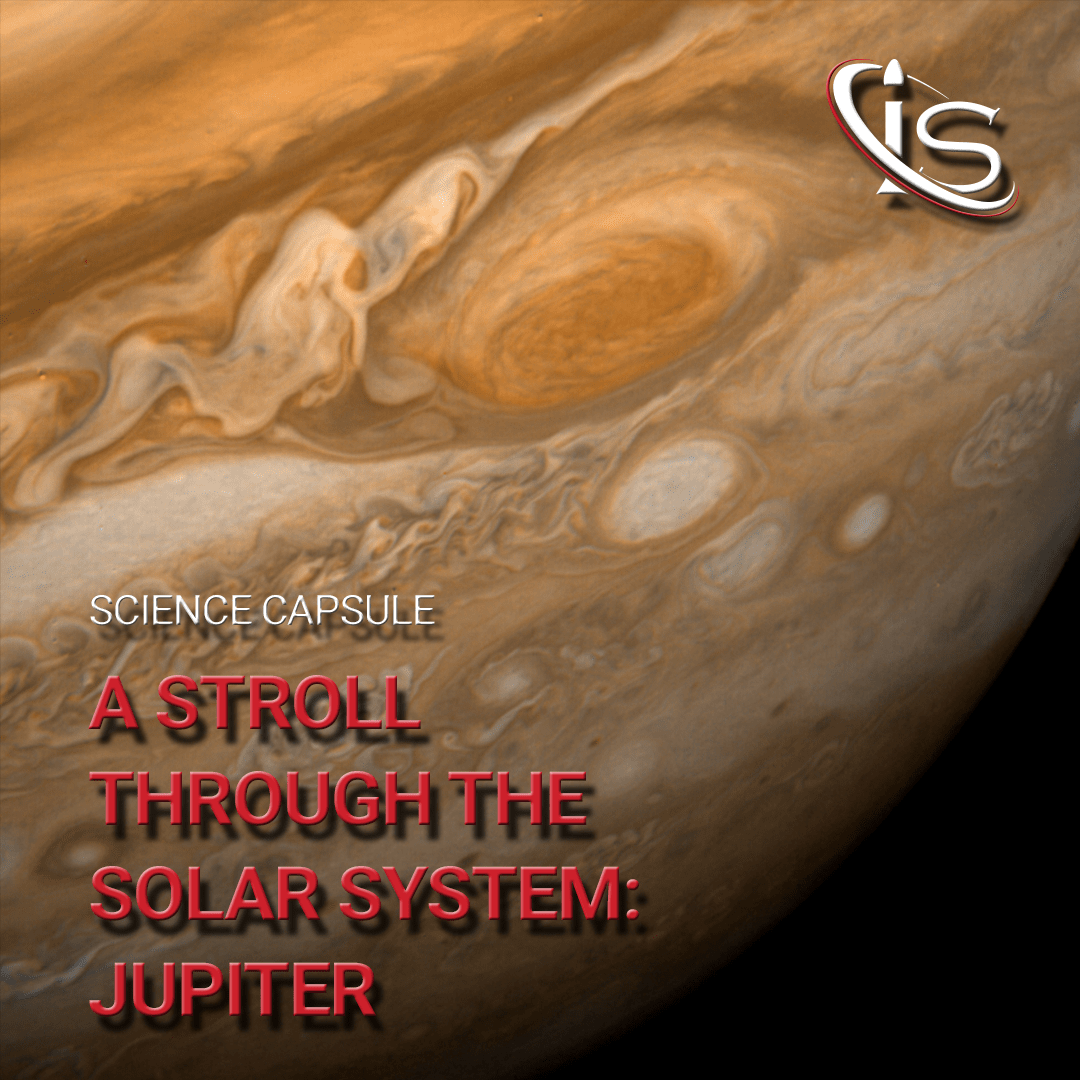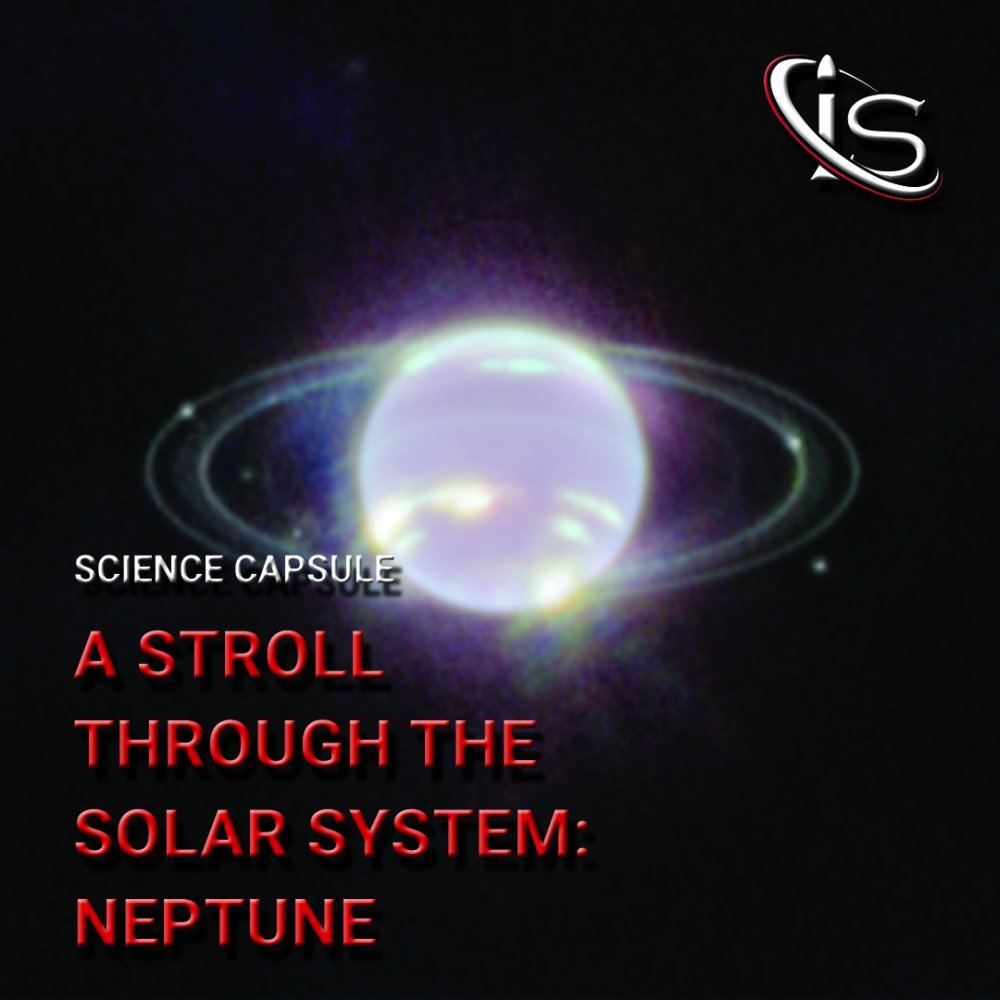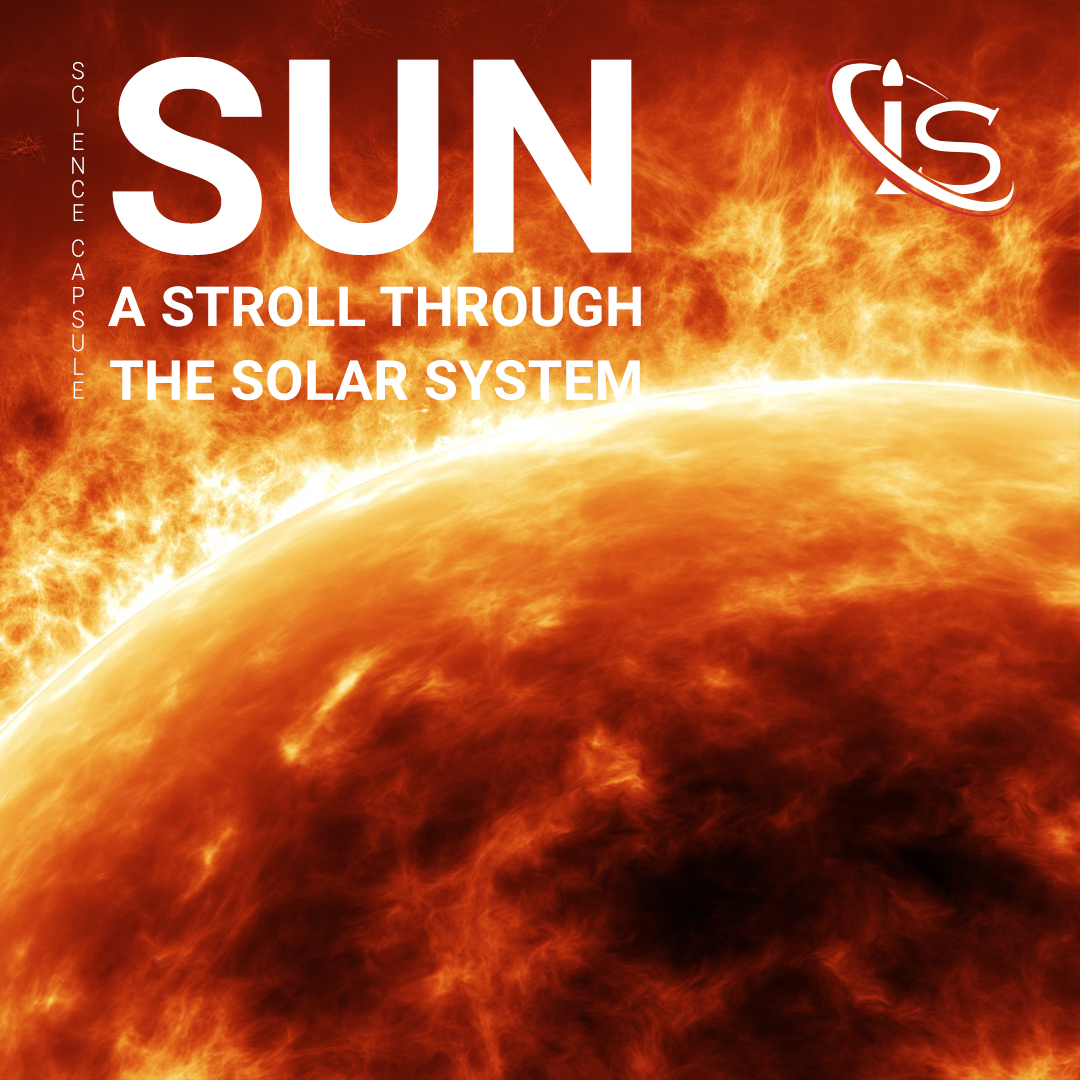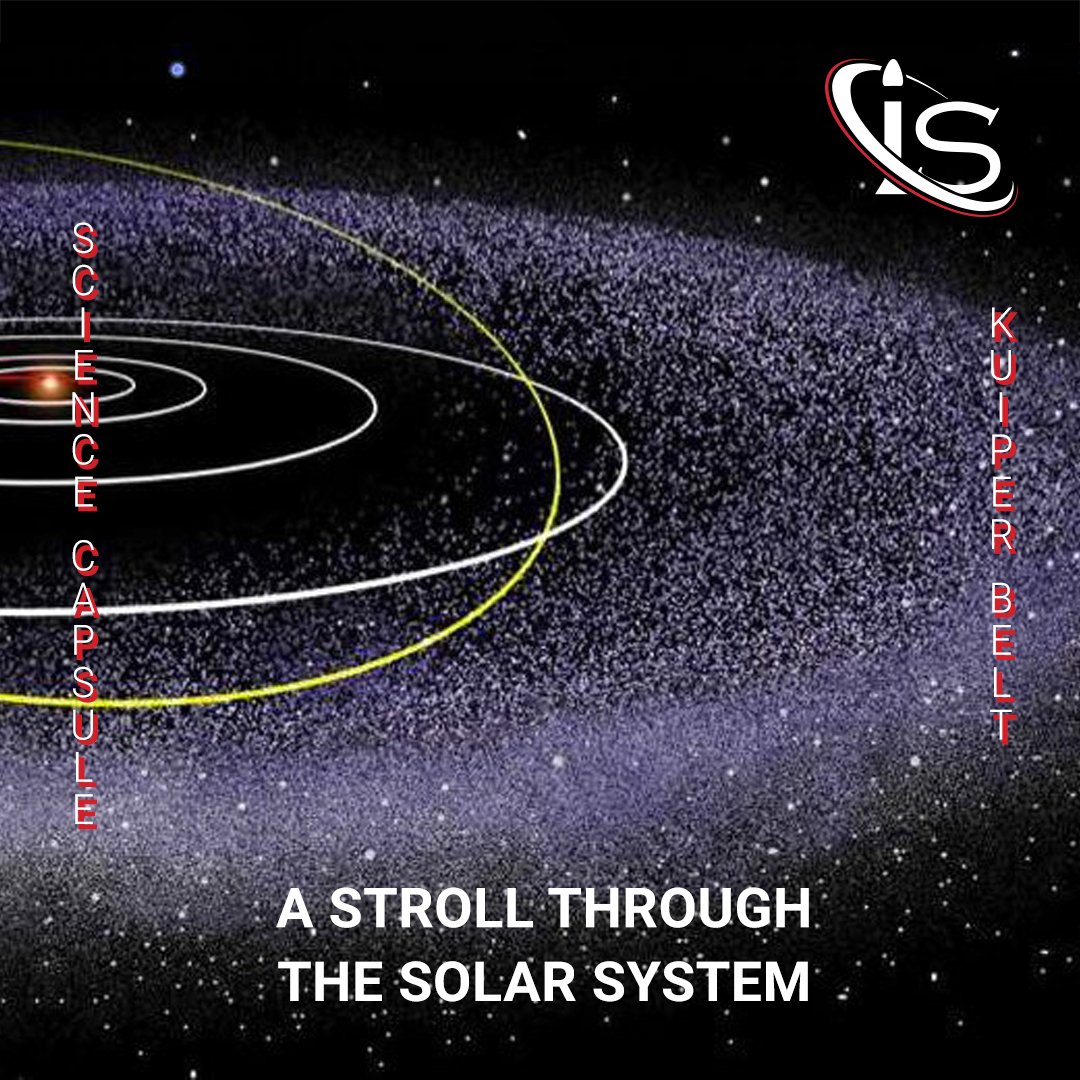Welcome back to the latest entry of our journey exploring the planets surrounding the Earth. After talking about the “Red Planet”, it is time to focus on the first of the planets farther from the Sun, Jupiter. This is quite the interesting celestial body, with many features that set it apart from all that we have discussed so far. And so, without further ado, let’s delve into the biggest planet in the Solar System.

Larger than Life
The first thing that stands out about Jupiter is how massive it truly is. Not only is this planet the biggest one in the Solar System, but it is over twice as large as all the others combined! That is quite astonishing, when considering that there are 7 other planets orbiting the Sun. Its radius alone is a staggering 69,911 km. Simply based on this, one would assume that the gravity on Jupiter would be insane. However, we have to remember that the acceleration due to gravity is given by the following equation:
![]()
Where:
g: Acceleration due to gravity,
G: Gravitational constant,
M: Mass of planet/celestial body,
R: Radius of planet/celestial body.
This shows that a planet’s density is also a factor and not just its mass. And with Jupiter being one of the gas giants, its density is a lot less than that of Earth. Still, due to its sheer size, it does hold the honor of having the strongest gravity of any planet in the Solar System, coming in with an acceleration of 24.79 m/s2.
A Different Type of Planet
I just finished mentioning how Jupiter is a gas giant, the first that we have encountered, not even a paragraph ago. But what exactly does this mean? For one, Jupiter does not have a surface that is in anyway resembling Earth’s. That is because its surface is, as the title gas giant suggests, made up of gases. Therefore, if one were to try and stand on Jupiter’s surface, they would not be able to. Instead, the planet’s gravity would pull them all the way down to the solid core, that is theorized to lie underneath the gaseous exterior.
I say theorized, because there is no concrete proof (as of yet) that Jupiter does in fact have a solid core. What is even more interesting, at least in my opinion, is that Jupiter’s supposed core would only be about as big as Earth. That is a very amusing phenomenon to picture, when we consider that 11 Earths could fit along Jupiter’s equator. The alternative to this solid core would be a dense “soup” of sorts. Either way, Jupiter’s core could have temperatures of 50,000°C and contain mostly iron and silicate minerals, like quartz.
Oh, and just so I can justify the heading of this section, Jupiter does not appear to have conditions conducive to life. Its moons on the other hand…
Jupiter’s Entourage
A New Night Sky
Before diving into what makes Jupiter’s moons unique, I just want to give a Public Service Announcement of sorts. Due to Jupiter’s relatively close position to Earth at the moment, it is possible to see both it and its moons in the night sky. Full disclosure, opposition (the point where Earth is between Jupiter and the Sun and, therefore, closest to the giant planet) was on September 26th. This means that the absolute best time to view this mammoth of a planet and its moons has passed. However, it is still possible to observe these celestial bodies with a telescope or some good binoculars. So, do not miss your chance to see one of the more unique night sky views that you can have here on Earth.
Almost as Many Moons as Jupiter’s Escapades
Now, we can finally talk about Jupiter and its moons. First of all, there are an astonishing number of moons orbiting this planet. 80 of them to be exact. And, even though, Saturn, technically, has 3 more, it is quite fitting that a planet named after the Greco-Roman deity Jupiter has so many moons orbiting it. After all, one of Jupiter’s defining “traits” was his promiscuity. And so, it would not really do to have this planet be by its lonesome or with only one or two moons to its name. Once again, great job to whoever named this planet.
The Big Four
Moving to the more scientific, and less humorous, side of things, there are 4 moons orbiting Jupiter that are of particular interest: Io, Europa, Callisto, and Ganymede. To be honest, they deserve a separate science capsule dedicated to them (which is already in the works), so I will be brief when discussing them here.
First off, these are called the Galilean satellites, in honor of Galileo who initially discovered them. They were the first moons to be observed orbiting another planet and, therefore, had a large impact on our view of the cosmos. As for the moons themselves, they all have a defining feature that sets them apart from the rest.
Ganymede is the largest satellite in our Solar System, being nearly as massive as Mars. Callisto is the most heavily cratered object orbiting the Sun. Europa might have the most potential for environments conducive to life outside of Earth. And, finally, Io is the most volcanically active object in the entire Solar System.
To close this section out, I will mention how only 57 of the 80 moons currently have names. So, if anyone has some ideas for moon names, now might be the time to suggest them to the space community. If only it were that simple…
Time on Jupiter
Moving back to Jupiter itself and it is, finally, time to talk about how… well, time passes on this gas giant. Unlike Venus, which had an insanely long day, so much so that it was longer than its year, Jupiter has a very short rotation period. In fact, it only takes 10 hours to complete one full rotation around its axis. In contrast, however, one Jovian year is as long as 10 Earth years. That means that there are 8776 Jovian days for every Jovian year. As someone who loves the holiday season, this, frankly, sounds like a nightmare.
Of course, the main reason behind this never-ending year is the distance from this planet to the Sun. Coming in at 5.2 AU (astronomical units), Jupiter is 5.2 times as far from the Sun as Earth is. And yes, an astronomical unit is simply the distance between Earth and the Sun. To put this in perspective, Jupiter is a total of 778 million kilometers away from our star. This is quite the distance, obviously; however, let’s not forget that there are 3 more planets yet farther away.
The (Not as) Famous Rings of Jupiter
The title for this section really only makes sense when comparing it to the future one about Jupiter’s neighbor, Saturn. However, it is still important to bring up the presence of rings around Jupiter. After all, this is the closest planet to us to exhibit this unique feature. A feature, that we will see throughout all the remaining planets, in fact.
Jupiter’s rings are made up of dust particles, which are not easily visible when the planet is backlit by the Sun. This is in direct contrast to Saturn’s rings, which are made of ice and a lot more easily spotted.
The Star that Never Was
We already discussed how massive Jupiter is. However, something I did not mention yet is that Jupiter’s composition is very similar to that of the Sun. Not only is it a gas giant, but Hydrogen and Helium are the two main elements composing this planet. In fact, the only thing that stood between Jupiter and it turning into a star was its size. While outright massive for most planets, Jupiter’s size is still not big enough to start the fusion processes required for a star to ignite. And, while I will not get into how stars function here, I will not stop you if you would like to check out the science capsule on the Life Cycle of Stars to find out more.
A Magnetosphere as Big as Jupiter’s Ego
Next, I want to mention a particular fun fact about Jupiter, its magnetosphere. While this is not a feature unique to this planet, the size of it most certainly is. With it ballooning 1-3 million kilometers towards the Sun and extending all the way to 1 billion kilometers behind Jupiter, this magnetosphere is colossal in size. The reason is a combination of Jupiter’s size, make-up, and rotation speed. To put this in perspective, the strength of Jupiter’s magnetic field is 16 to 54 times as great as that of Earth’s. This causes the planet to emit massive amounts of radiation. It also leads to some of the most fantastic aurorae in the Solar System (according to NASA), which can be found along the planet’s poles.
Insane Weather
A Massive Atmosphere
To finish off this exploration of Jupiter, I need to talk about one of the most fascinating aspects of this planet. And that is its weather. First off, its atmosphere contains three separate layers of clouds: the highest one, made of ammonia ice; the middle one, made of ammonium hydrosulfide crystals; and the lowest one, made of water ice and vapor. On top of that, these cloud layers appear to span approximately 71 km. Next, we have the classic vivid colors seen across Jupiter. These are probably made up of gases containing sulfur and phosphorous, originating in the planet’s hotter interior.
Also, due to Jupiter’s extremely fast rotation, various jet streams form, that separate its clouds into dark belts and bright zones. These belts and zones seem to emerge due to these strong winds, which are present throughout the planet. And, while the exact mechanism behind their formation is unclear, recent evidence points to the ammonia gas traveling in close alignment to said jet streams as a possible contributing factor.
Very Resilient Cyclones
Furthermore, since there is no solid surface to slow them down, weather “spots” on Jupiter can last a very long time. The most famous example of this is Jupiter’s Great Red Spot, which is a titanic storm that has lasted for over 300 years and is about twice as large as Earth. Winds on Jupiter are also incredibly strong, again due to the lack of resistance that a solid surface would provide, reaching speeds of 539 km/h (!) at the equator.
The cyclones on this planet are truly massive in height, with most extending 70 km below the cloud tops. The famous Great Red Spot is even larger, with the Juno Probe determining the extent of it as an incredible 500 km below the cloud tops. The normal cyclones are warmer on top, where atmospheric densities are lower, and cooler on the bottom. The reverse is true for the aptly named anticyclones. Polar cyclones have also been, recently, discovered. Both poles have these weather phenomena, with the north pole having eight in an octagonal pattern and the south pole having five in a pentagonal one. Once again, these cyclones are very resilient and loath to change. And much like hurricanes here on Earth, they tend to move poleward. However, the ones located at the center push the others back, thus giving rise to these polygonal arrangements.
The End of Another Stroll
As a geology nerd, I must admit that Jupiter having such unique and interesting weather is starting to cause it to challenge Venus for the title of my favorite planet. Still, Venus is too close to my heart and has too many other crazy features to be replaced so easily.
And that will do it for this stroll through the Solar System. If you have not done so already, I recommend checking out the other science capsules that are part of this series; the next stroll is through Saturn. And, to learn about the remaining planets in the Solar System, all you have to do is check back at impulso.space, where a new science capsule will be released every Wednesday.





